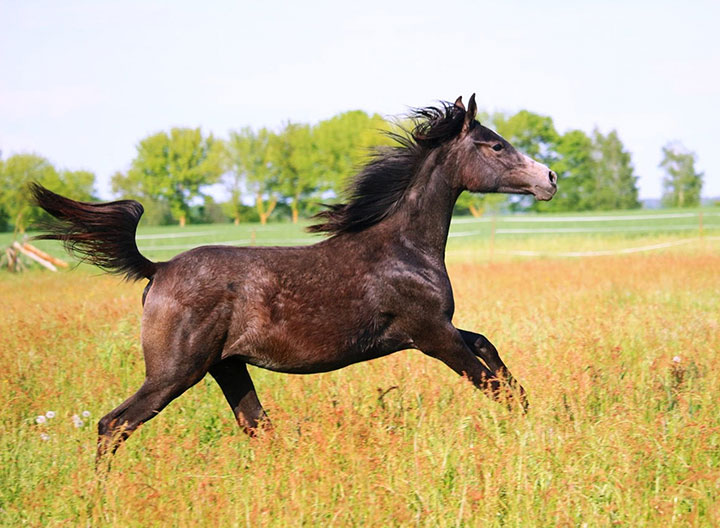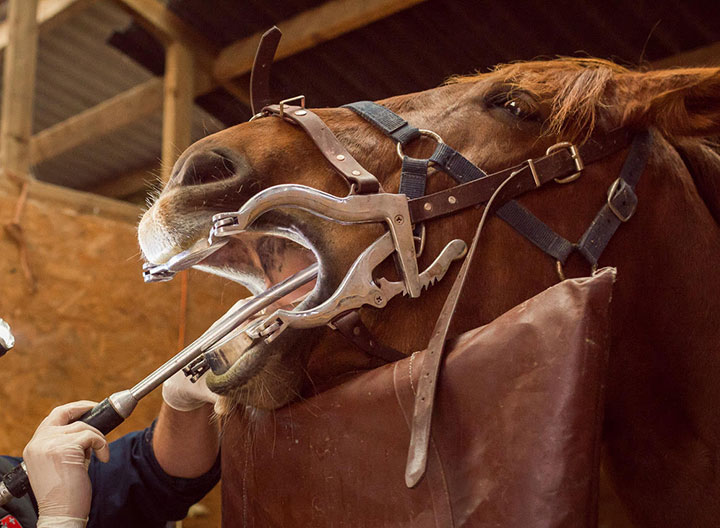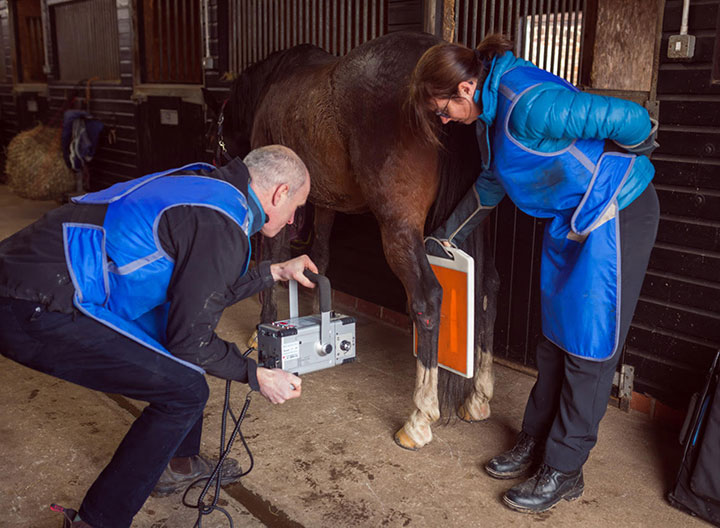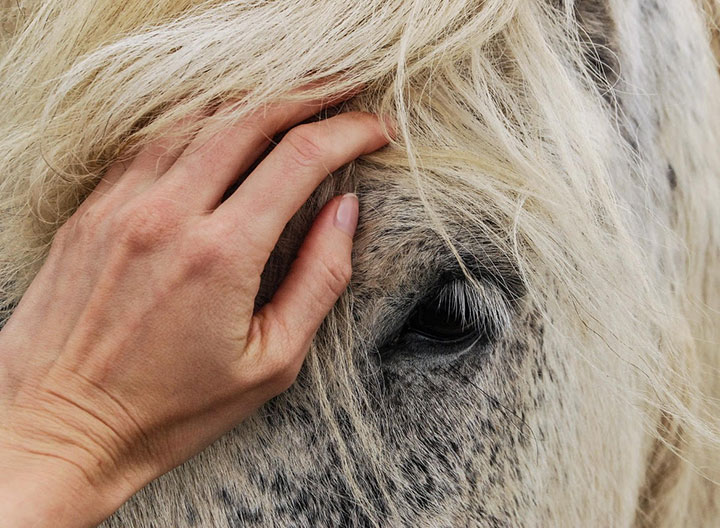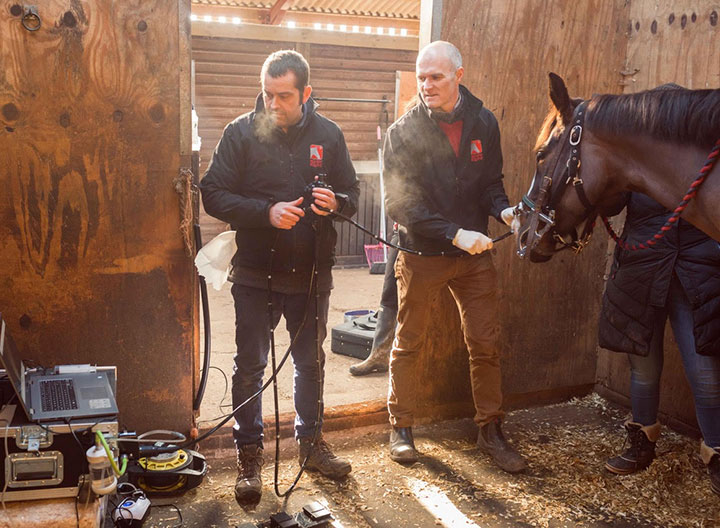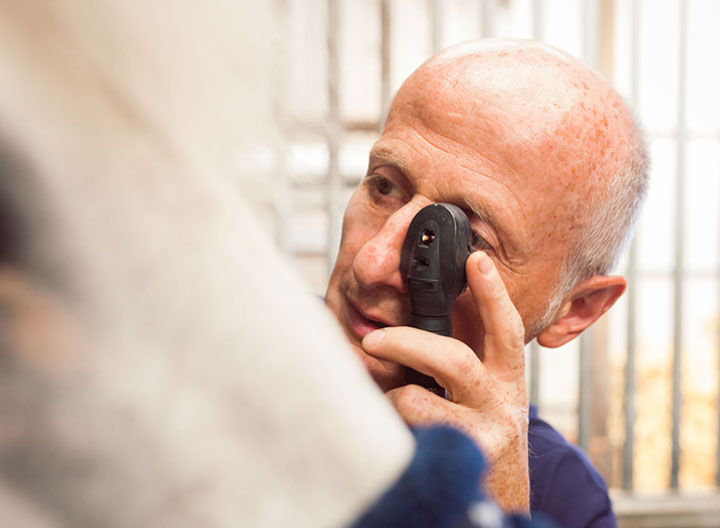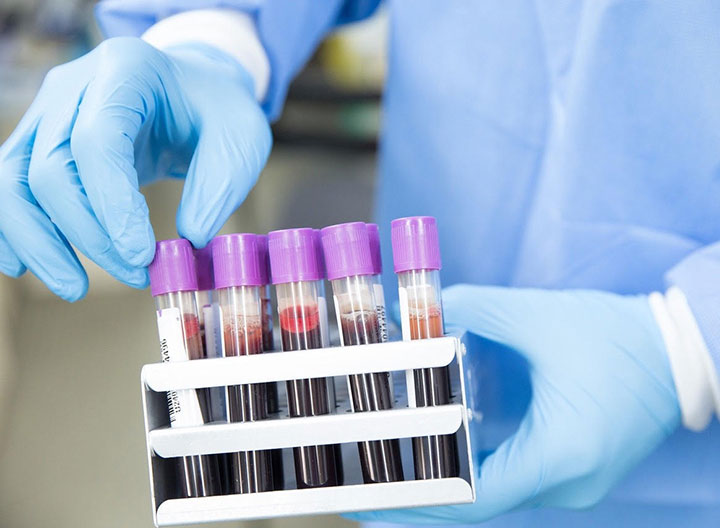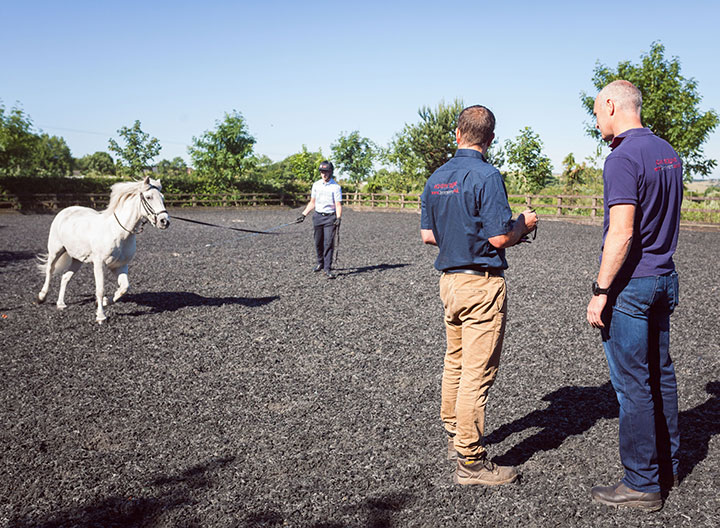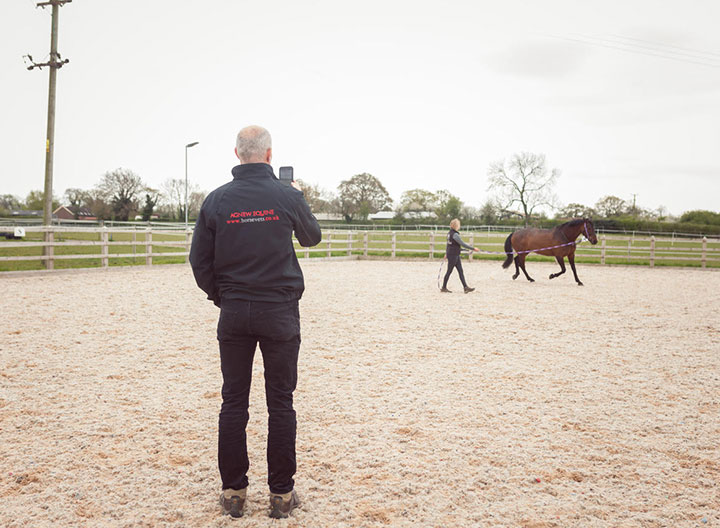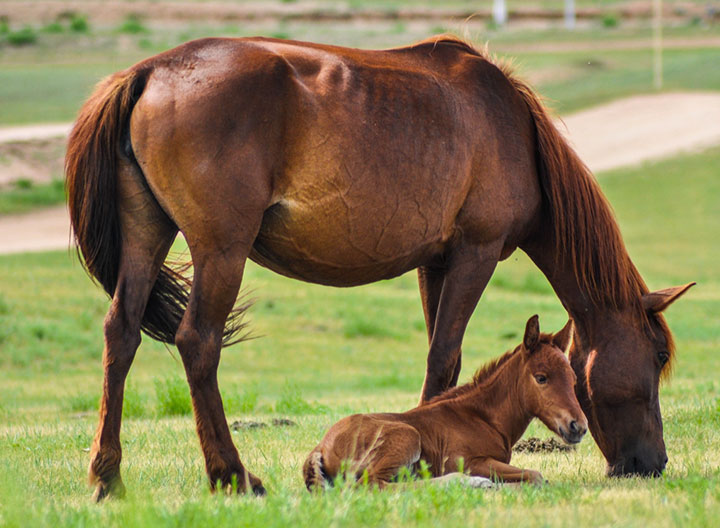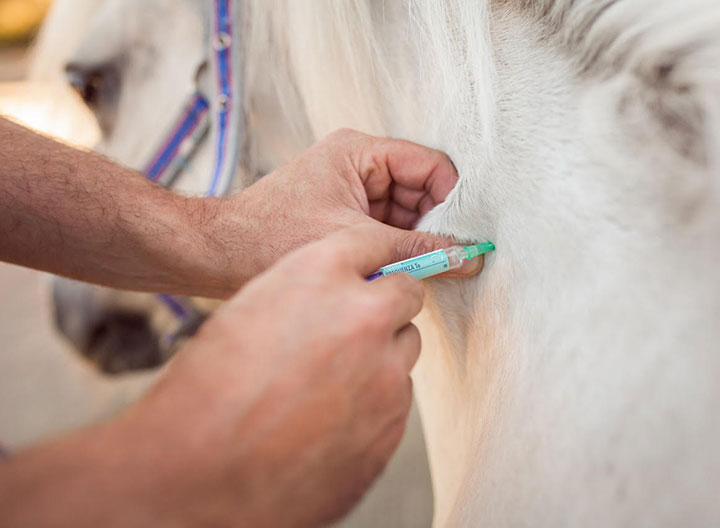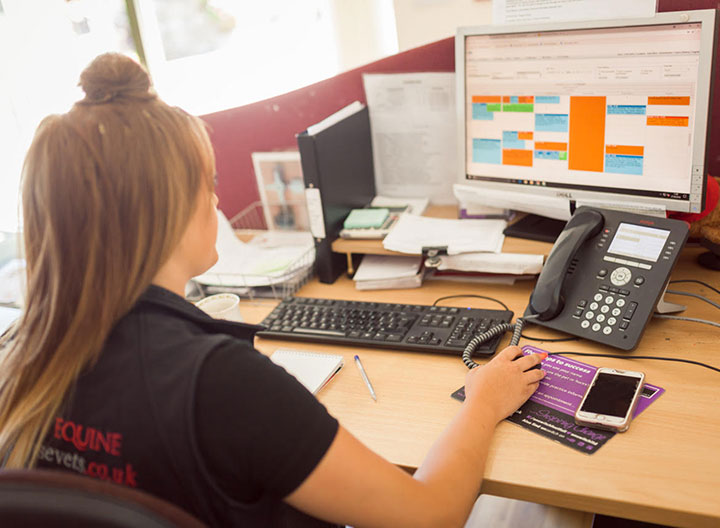Sedation
We all know that some horses do not like certain procedures or activities to be carried out, and it may be dangerous for the handler or vet - or cause too much stress (and potential injury) for the horse themselves. If this is your situation, and it varies from horse to horse, it is better to sedate the animal to reduce the risk to all people involved and limit the amount of distress caused to the horse or pony.
Some reasons for sedating include the following, but this is not an exhaustive list:
- Farriery
- Clipping
- Dental Examinations
- Loading
- Travelling
TYPES OF SEDATION
Which type of sedation your vet prescribes (sometimes a combination) will depend on what it’s needed for – for example, clipping, dentistry or wound repair – and how stressed your horse is likely to be. Your input in this decision is also important as it may be that your horse has had the procedure before, so you can tell your vet how he reacted to it. Depending on for which procedure the sedation is required and the temperament of the horse, these factors will influence which method of sedation is chosen.
Acepromazine (ACP) - This type of sedative is available as an injectable, which vets can inject into the vein or muscle, and in an oral form, either as a paste or as tablets. It can take from 15 minutes to 1 hour to take effect depending on the route of administration, so it’s very important that you allow the recommended amount of time before you attempt to perform the task your horse needs sedating for.
ACP is classed as a calming drug. This means it’ll take the edge off, but if your horse is very agitated it may not be strong enough.
Detomidine gel - This sedative is only effective if it’s absorbed under your horse’s tongue, so it’s important that it’s administered correctly. Once the dose has been delivered, it’ll take around 20 - 30 minutes to take effect and gives a good level of sedation.
The duration of each sedative will vary as a result of which one or combination is used and what procedure is being carried out.
Always remember to be extra careful around a sedated horse, and to remove food for at least an hour after the horse has been sedated.
To discuss sedation in more detail, please contact us.

